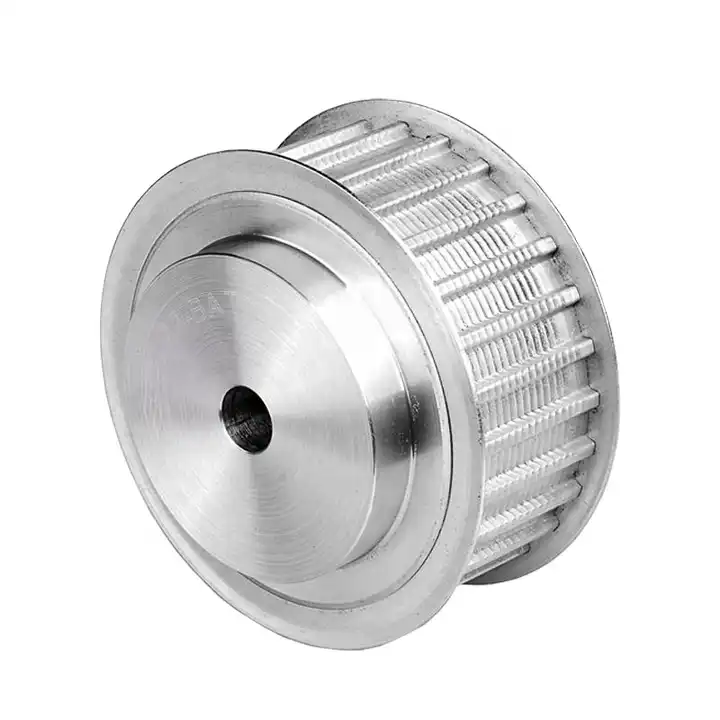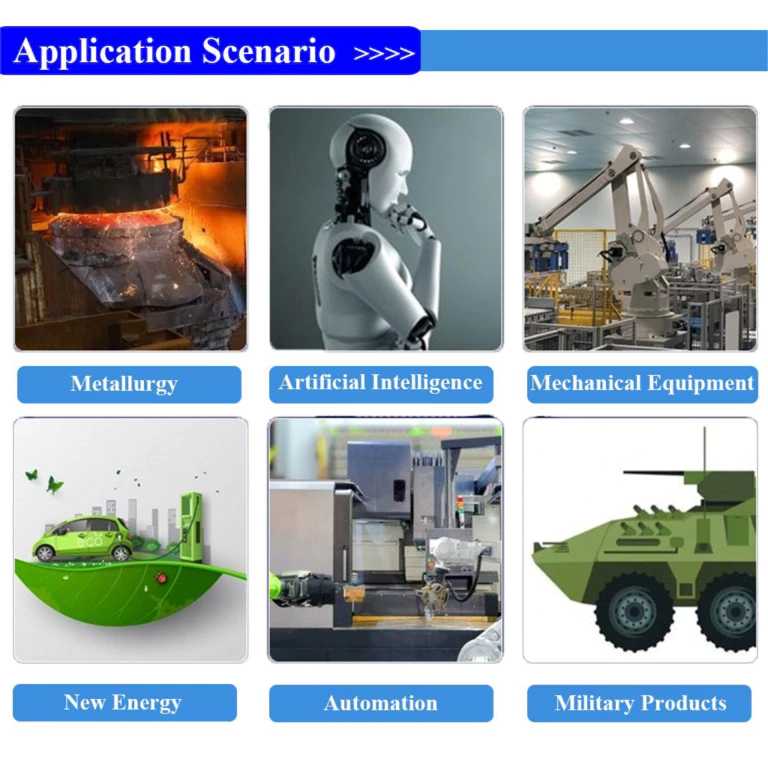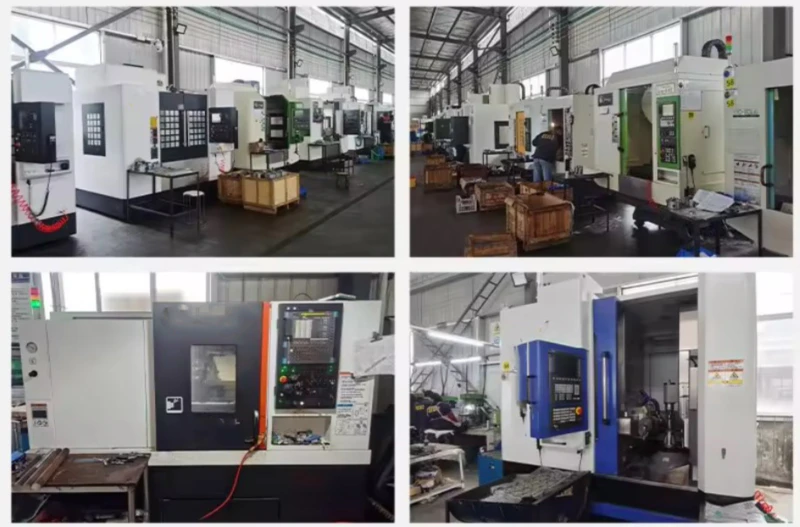Timing Pulley Compatibility with High-Strength Timing Belts
Introduction
Timing pulleys and timing belts are important components in many industrial machines and applications. They are responsible for the precise and efficient transfer of power and motion between rotating shafts and other machinery parts. However, not all timing pulleys are compatible with all timing belts. In this article, we will explore the topic of timing pulley compatibility with high-strength timing belts.
What are High-Strength Timing Belts?
High-strength timing belts are timing belts that are designed to withstand high loads and tensions. They are typically made of reinforced materials such as fiberglass or carbon fiber. These materials provide additional strength and durability to the timing belt, making it suitable for use in high-performance applications.
Why is Timing Pulley Compatibility Important?
Timing pulley compatibility is important because it ensures that the timing belt operates at its optimal efficiency and performance. If the timing pulley is not compatible with the timing belt, it can lead to premature wear and failure of the timing belt. This can result in costly downtime and repairs.
How to Determine Timing Pulley Compatibility with High-Strength Timing Belts?
The following factors should be considered when determining timing pulley compatibility with high-strength timing belts:
- Number of teeth on the timing pulley
- Pitch of the timing pulley
- Width of the timing belt
- Type of tooth profile on the timing pulley and timing belt
- Material and construction of the timing pulley and timing belt
Compatibility of V Pulley
V pulleys are commonly used in conjunction with timing belts in industrial applications. They are designed to work with a specific range of timing belts based on their pitch and number of teeth. For example, a V pulley with a 5M pitch and 20 teeth will work with a 5M timing belt with 100 teeth. To ensure proper compatibility, it is important to use a V pulley that is specifically designed for the timing belt being used.
For more information about V pulleys, please visit vpulley.com.
Conclusion
Timing pulley compatibility with high-strength timing belts is an important consideration in many industrial applications. Using an incompatible timing pulley can lead to premature wear and failure of the timing belt, resulting in costly downtime and repairs. To ensure optimal performance and efficiency, it is important to choose a timing pulley that is compatible with the high-strength timing belt being used.
Q&A
Q: What is the maximum load that a high-strength timing belt can withstand?
A: The maximum load that a high-strength timing belt can withstand depends on several factors, including the material and construction of the timing belt and the application it is being used in. It is important to consult the manufacturer’s specifications to determine the maximum load capacity of a timing belt.
Q: Can a timing pulley with a different pitch than the timing belt be used?
A: No, a timing pulley with a different pitch than the timing belt cannot be used. The pitch of the timing pulley and timing belt must match in order for them to operate together properly.
Q: Can high-strength timing belts be used in low-load applications?
A: Yes, high-strength timing belts can be used in low-load applications. However, it is important to consider the cost-effectiveness of using a high-strength timing belt in a low-load application, as it may not be necessary and could result in unnecessary expenses.
Q: What is the typical lifespan of a high-strength timing belt?
A: The lifespan of a high-strength timing belt depends on several factors, including the material and construction of the timing belt, the application it is being used in, and the operating conditions. It is important to consult the manufacturer’s specifications to determine the expected lifespan of a timing belt.
Q: Can a timing pulley be repaired if it becomes damaged?
A: In most cases, timing pulleys cannot be repaired if they become damaged. It is usually necessary to replace the timing pulley in order to ensure proper performance and compatibility with the timing belt.
About Our Company
We are a leading company in the pulley market in China. We specialize in the production of timing pulleys, V pulleys, belt wheels, belt idler pulleys, flat pulleys, and other pulley products. We have a variety of fully automatic CNC production equipment and automatic assembly equipment. We are committed to providing high-quality products, competitive prices, and attentive service to our customers. We welcome customers to customize their products based on their drawings or samples.


